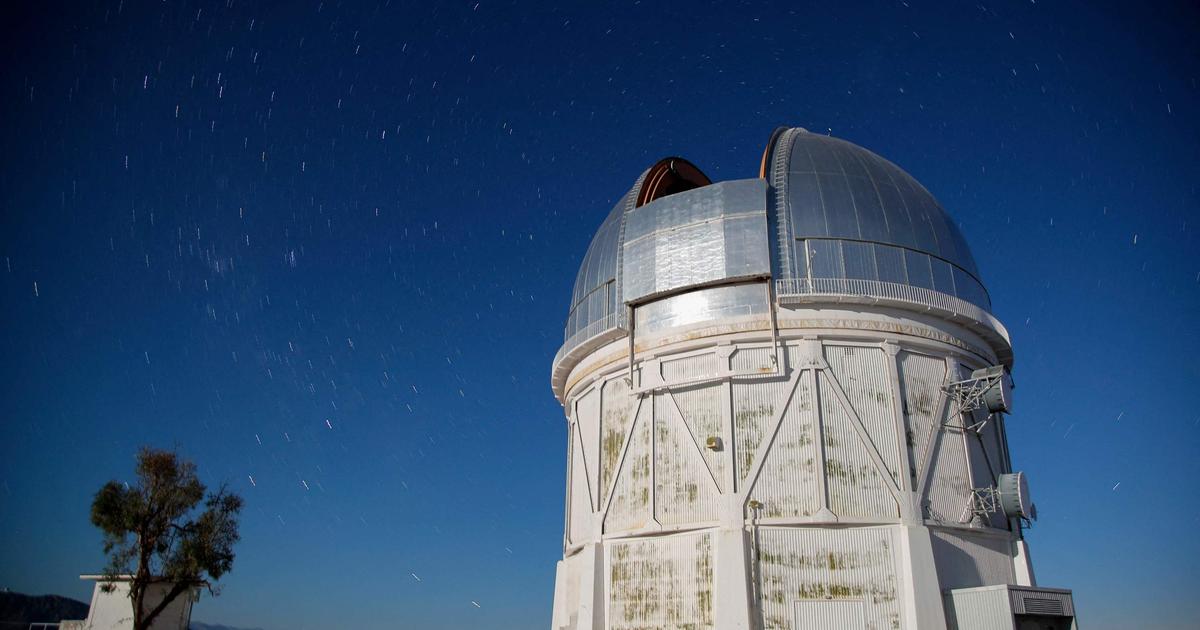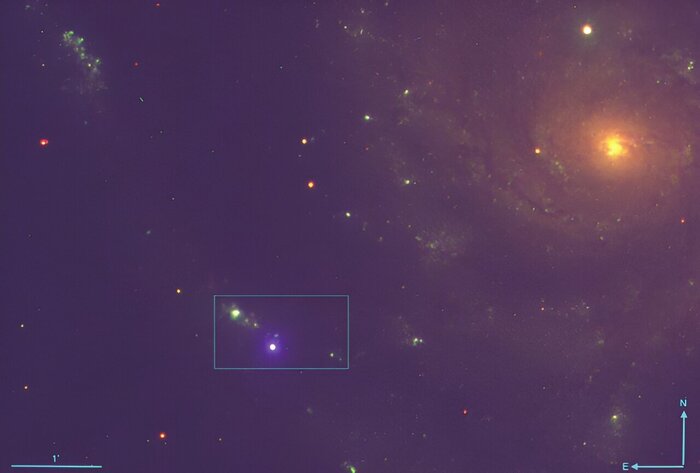- Click to share on Facebook (Opens in a new window)
- Click to share on Twitter (Opens in a new window)
- Click here to share on LinkedIn (Opens in a new window)
- Click to email a friend (Opens in a new window)
(CNN) - A telescope inside Australia has given us a new perspective of the Milky Way in a new set of spectacular photos.
The scientists used the Murchison Widefield Array (MWA) to show us what we would see if the human eye could see radio waves, according to a statement released on Wednesday.
The Milky Way is a spiral galaxy with bars, in which a bar-shaped region in the center is surrounded by a disk of stars and clouds of gas that exist mainly in its four spiral “arms”.
This 28-image mosaic shows the Milky Way arching over the Guilderton Lighthouse in Western Australia.
Observing and studying our galaxy can be a bit like trying to see an entire forest while standing inside it. But instead of trees that obscure the view, it is gas and dust.
The use of radio waves gives us a new perspective, revealing more of the secrets of the Milky Way.
"This new view captures the low frequency radio emission of our galaxy, looking at both details and larger structures," said astrophysics Natasha Hurley-Walker of the International Center for Radio Astronomy Research (ICRAR).
This new view of the Milky Way shows the lowest radio frequencies in red, the average frequencies in green and the highest frequencies in blue.
"Our images look directly in the middle of the Milky Way, towards a region that astronomers call the Galactic Center."
In addition to providing a new view of the galaxy, the researchers also discovered the remains of 27 huge stars.
They would have been at least eight times larger than the Sun before exploding in supernovae, according to the researchers.
This 104-square mosaic shows the location of a supernova that exploded 9,000 years ago.
While many supernova remains have been seen before, the MWA is able to find those that are older and further away from those we already know.
“This is really exciting for us, because it is difficult to find supernova remnants in this phase of life; they allow us to look further back in time in the Milky Way, ”said Hurley-Walker.
While the MWA has allowed us to gain a new perspective of the Milky Way, it will soon be surpassed by the world's largest radio telescope, the Square Kilometer Array.
The 27 newly discovered supernova remains are shown in this image.
The new telescope, which will be built after 2021, will be thousands of times more sensitive and will have a much better resolution, according to Hurley-Walker.
As a result, "I should find the thousands of supernova remnants that formed in the last 100,000 years, even across the Milky Way," he added.
CNN's Ashley Strickland contributed to this report.
Milky Way








